We need your consent to use the individual data so that you can see information about your interests, among other things. Click "OK" to give your consent.
ASTM D6255/D6255M-05(2011)
Standard Specification for Steel or Aluminum Slotted Angle Crates
STANDARD published on 1.4.2011
The information about the standard:
Designation standards: ASTM D6255/D6255M-05(2011)
Note: WITHDRAWN
Publication date standards: 1.4.2011
SKU: NS-34414
The number of pages: 19
Approximate weight : 57 g (0.13 lbs)
Country: American technical standard
Category: Technical standards ASTM
The category - similar standards:
Annotation of standard text ASTM D6255/D6255M-05(2011) :
Keywords:
airframe components crate, angle, crate, packaging, shipping container, slotted angle, Airframe components crate, Aluminum shipping crates, Angle crates, Crates, Domestic shipping, Overseas shipping containers, Shipping containers/materials/applications--specifications, Slotted angle crates, Steel shipping crates, ICS Number Code 55.160 (Cases. Boxes. Crates)
Additional information
| 1. Scope | ||||||||||||||||||||||||||||||||
|
1.1 This specification covers the material and fabrication of new reusable metal (slotted angle) crates intended for use as containers for domestic and overseas shipment of lightweight airframe components and lightweight bulky items, not exceeding 3000 lb [1361 kg] for domestic or overseas air and surface shipments. 1.2 Slotted angle crate performance is dependent on its fabricated components; therefore, a variety of types, classes, and styles reflecting varied performance are specified. This specification, however, does not cover slotted angle crate performance under all atmosphere, handling, shipping, and storage conditions. 1.3 If the use of other construction methods or techniques are acceptable and permitted (see 5.1.12), the resulting packaging systems shall be of equal or better performance than would result from the use of these specified materials and procedures. The appropriate distribution cycle specified in Practice D4169 can be used to develop comparative procedures and criteria. 1.4 The values stated in either inch-pound or SI units are to be regarded separately as standard. Within the text, the SI units are shown in brackets. The values stated in each system are not exact equivalents; therefore, each system must be used independently of the other. Combining values from the two systems may result in nonconformance with the standard. See for conversion of units. 1.5 This standard does not purport to address all of the safety concerns, if any, associated with its use. It is the responsibility of the user of the standard to establish appropriate safety and health practices and determine the applicability of regulatory limitations prior to use. |
||||||||||||||||||||||||||||||||
| 2. Referenced Documents | ||||||||||||||||||||||||||||||||
|
Similar standards:
Historical
1.11.2011
Historical
1.4.2014
Historical
1.4.2012
Historical
1.4.2011
Historical
15.4.2013
Historical
1.10.2010
We recommend:
Technical standards updating
Do you want to make sure you use only the valid technical standards?
We can offer you a solution which will provide you a monthly overview concerning the updating of standards which you use.
Would you like to know more? Look at this page.


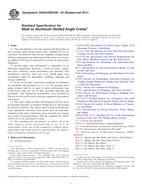
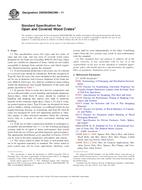 ASTM D6039/D6039M-11..
ASTM D6039/D6039M-11..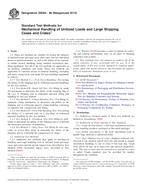 ASTM D6055-96(2014)..
ASTM D6055-96(2014)..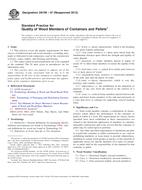 ASTM D6199-07(2012)..
ASTM D6199-07(2012)..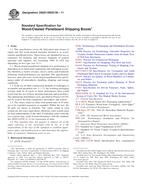 ASTM D6251/D6251M-11..
ASTM D6251/D6251M-11..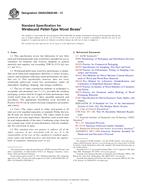 ASTM D6254/D6254M-13..
ASTM D6254/D6254M-13..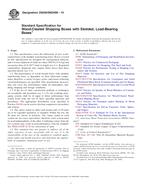 ASTM D6256/D6256M-10..
ASTM D6256/D6256M-10..
 Cookies
Cookies
